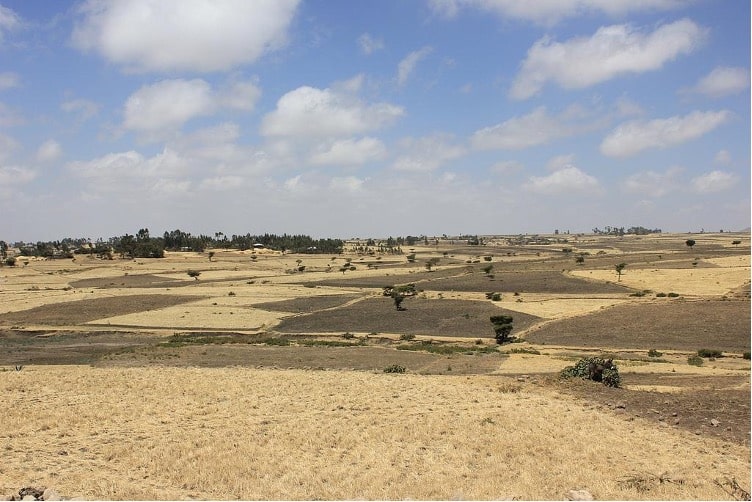Most modern crops are much more palatable and high yielding than their wild ancestors–the wild ancestor of maize, for instance, looks more like grass than food–but that has often come at the cost of nutrition. Biofortification, or reversing this by breeding crops to contain more nutrients like iron and zinc, could be a game changer in the fight against child malnutrition, and Grow Further is looking at several projects in this area.
Abe Shegro Gerrano, an agricultural researcher at the Agricultural Research Council of South Africa, is a big believer in biofortification.
“The tool differs from ordinary fortification because it focuses on making plant foods more nutritious as the plants are growing, rather than having nutrients added to the foods when they are being processed,” he explained. In a recent interview, Gerrano shared with us his biofortification effort partly inspired by HarvestPlus and other promoters of this technology. Gerrano and his research partners have zeroed in on the chickpea as their crop of choice, hoping to both improve the nutritional quality of chickpeas and make this potential superfood more popular in South Africa and beyond.
Making a good thing even better
We asked Gerrano why he chose chickpeas as his target of biofortification, given that this crop is already fairly well known for its nutritional value—the chickpea is loaded with vitamin B, iron, and protein, and is often viewed as a healthier alternative to meat.
“Yes, chickpeas are a good source of nutrition,” Gerrano acknowledged. “However, efforts to select new varieties with greater levels of valuable nutrients are possible. Successful selection of improved types would only increase the nutritional value to consumers of this already nutritionally valuable crop.” Besides, he added, there’s ample room for improving the world’s most commonly consumed chickpea varieties.
“The availability of some anti-nutritional factors that existed in chickpeas especially affect the bioavailability of protein, iron, and zinc, etc.,” he said. “Hence, full-fledged nutritional screening and breeding for combined traits such as high nutrition values and lower anti-nutrition content chickpea lines are important.”
“[Biofortification] differs from ordinary fortification because it focuses on making plant foods more nutritious as the plants are growing, rather than having nutrients added to the foods when they are being processed.”
And Gerrano said he’s confident that chickpeas can be biofortified through careful and patient selective breeding, without any need to resort to complicated or controversial methods. The ever-looming threat of climate change makes biofortifying chickpeas an imperative, he added.
“Chickpeas can be improved through selection breeding for adaptation to the changing climatic conditions South Africa and the U.S. are experiencing,” he said.
Positive side effects
The main aim is to make chickpeas more nutritious, but Gerrano said that he and his team are finding that their efforts can yield new varieties of chickpeas that are superior in other ways, as well.
“The breeding lines will be also drought tolerant,” he said. “This will be done by cross-breeding for identified potential yielding genotypes as well as high nutritional value genotypes in combination with drought-tolerant lines.”
So the new and improved chickpea will net consumers better nutrition and empower smallholder farmers by giving them a promising crop that holds up better to dry spells. Does biofortifying chickpeas lead to lines that grow more of the beans per plant; in other words, higher-yielding varieties? It’s possible, Gerrano told us.
“Biofortification is breeding crop species to increase their nutritional value, which can be done through selective breeding,” he clarified again for effect. “Biofortified crops would not necessarily be higher yielding, but the potential for greater yield does exist. High-yielding lines of chickpea will be hybridized with high nutritional compositions” like protein, iron, and zinc, he added.
As important as boosting farm yields is, Gerrano said his team’s ultimate goal is to improve community nutrition, which means “accelerating efforts for preventing micronutrient deficiencies and their consequences to the rural community through biofortification breeding” to “also contribute to reduced malnutrition to the current increasingly growing population in Africa and the globe”.
— Grow Further
Photo credit: Chickpea farms in Ethiopia. A. Paul Bossuet, International Crops Research Institute for the Semi-Arid Tropics (ICRISAT).




